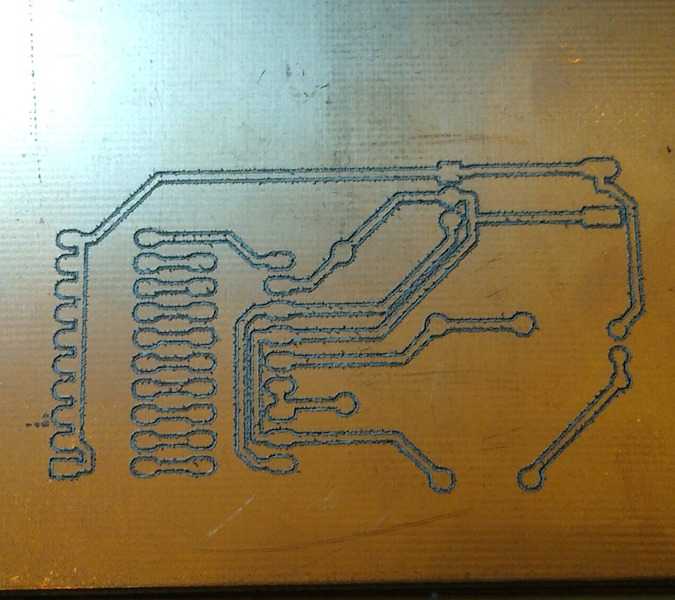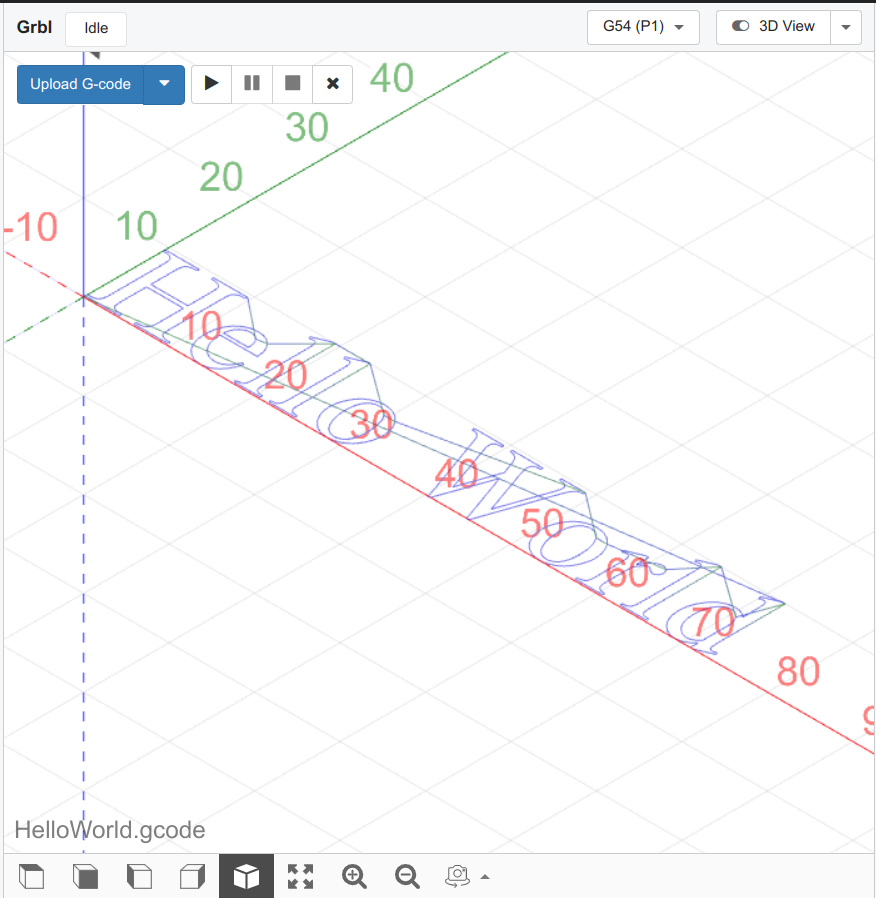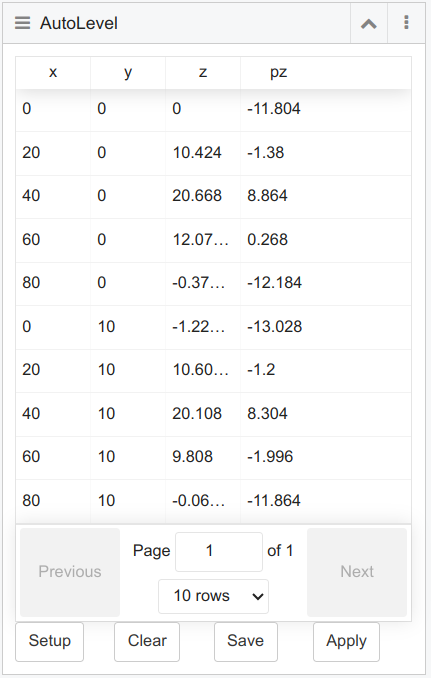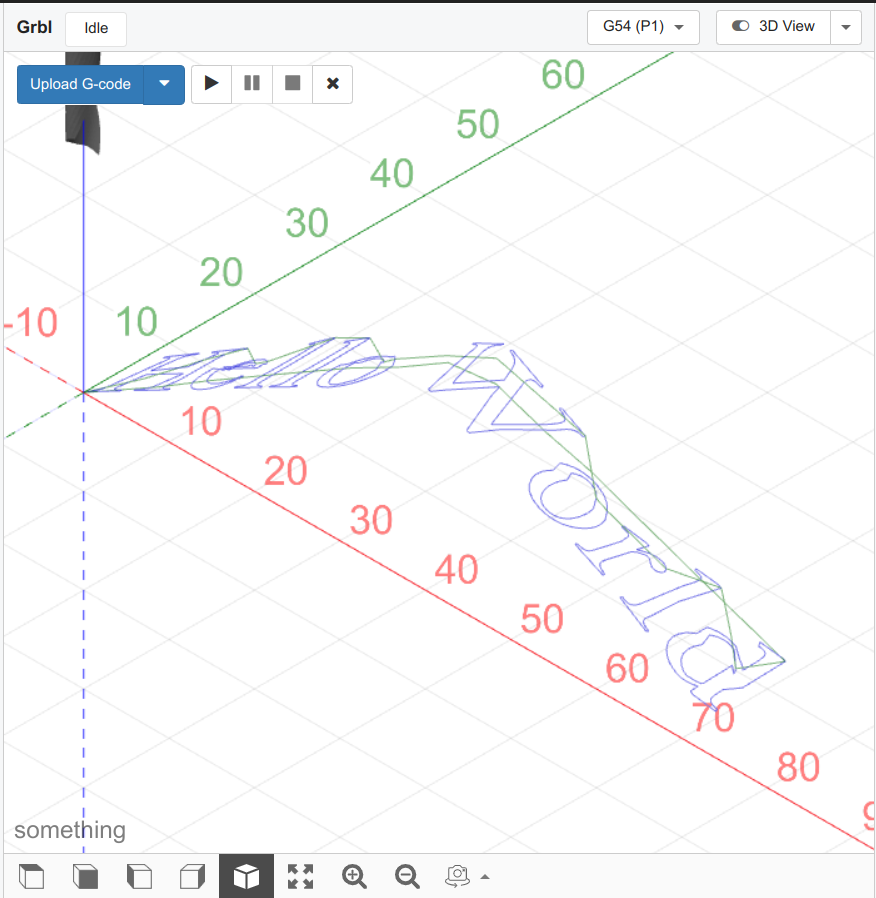
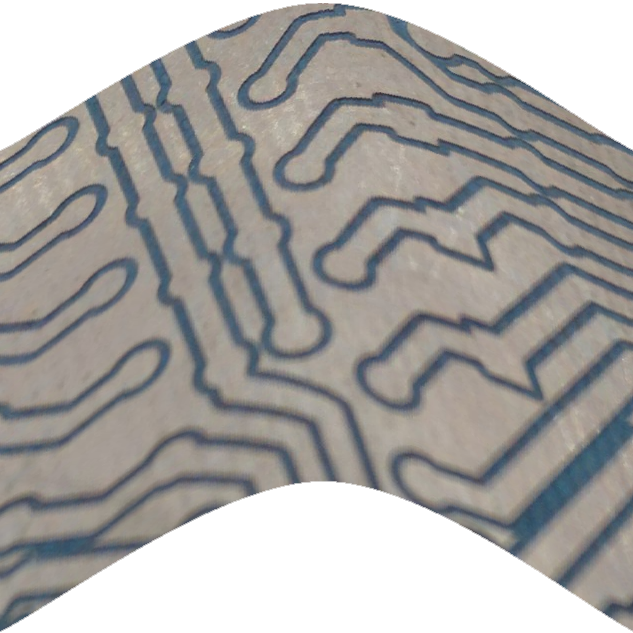
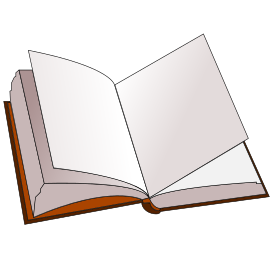
|
User Manual |
Note:
Use the software at your own risk. Author is not responsible for any damages.
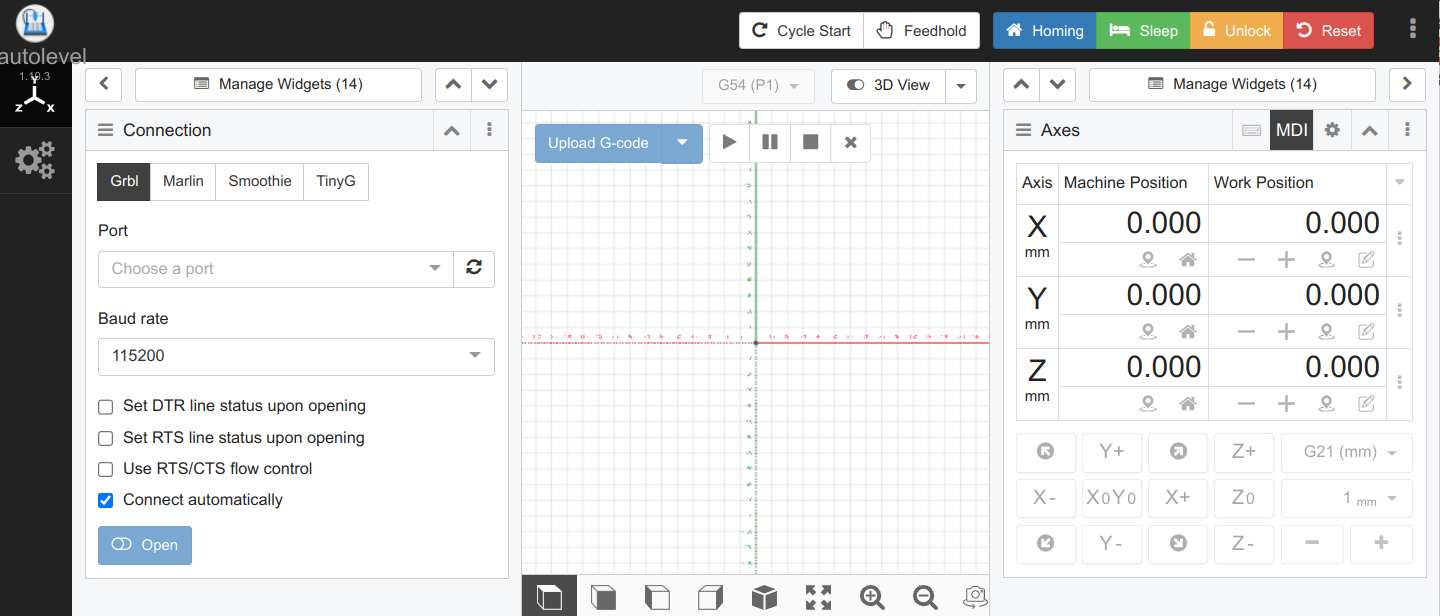

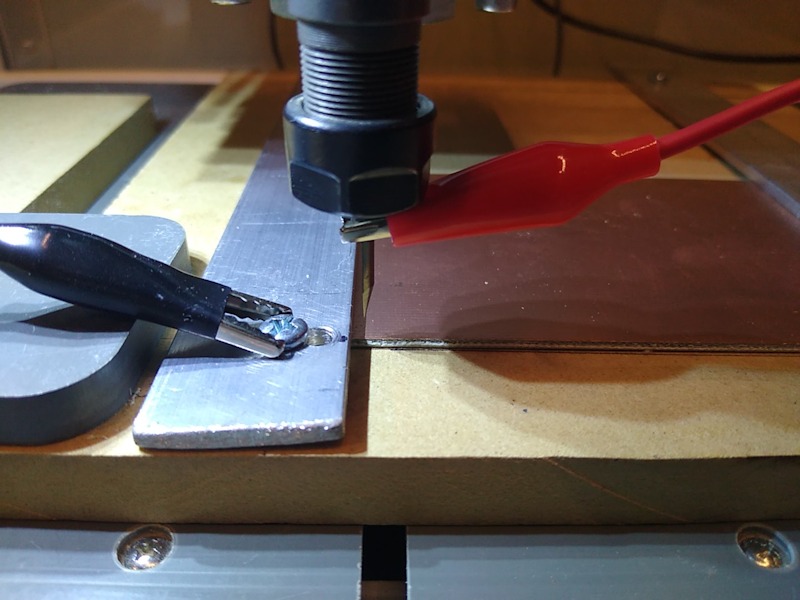
In the Axes widget:
Zero out the X-axis and the Y-Axis of the work position
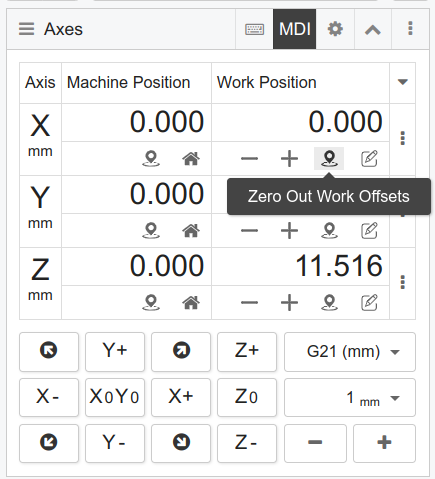
Now lower the Z-axis so that it is a few millimeters above the PCB.
Open the Probe widget:
Set the Touch Plate Thickness to Zero.
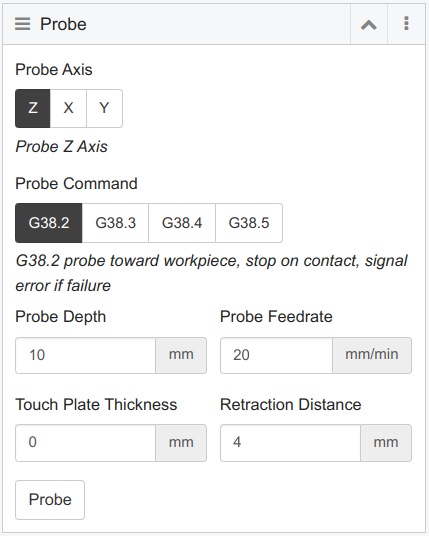
After probing is done, the Z-axis will be set to zero at the surface of the PCB at the starting point of the probing grid.



Click on "Setup" in the AutoLevel widget to setup the AutoLevel grid
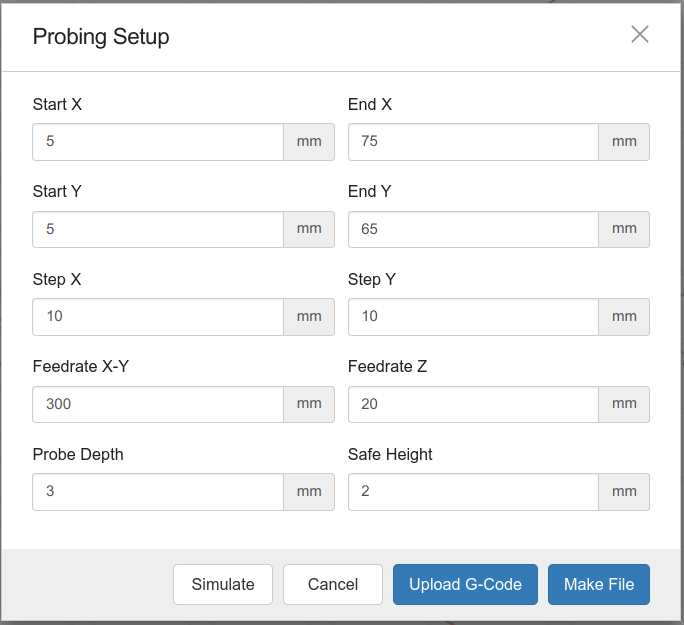
Choose the probing area to match the size of the area of the PCB that will be isolation milled,
but make sure that the probing area is within the physical PCB,
otherwise a crash may occur.
Example: red area
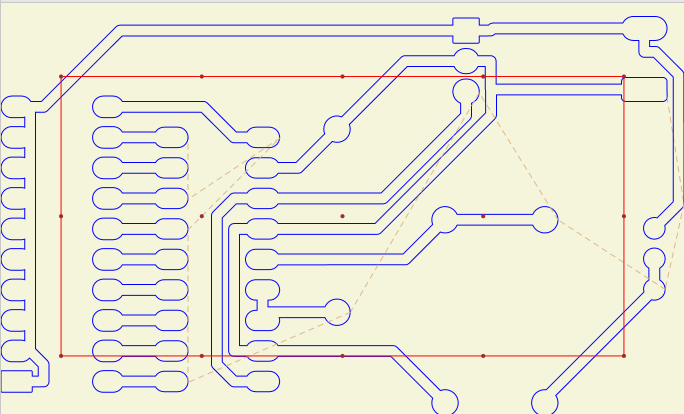
You can choose to save the g-code for probing to a file for later re-use
by clicking on "Make File"
or you can load the g-code directly into the workspace
by clicking on "Upload G-Code" in the AutoLevel widget

Click on the play button in the Visualization panel.
The probing code will now start.
The results will be displayed in the AutoLevel widget table,
as the probe touches each individual point
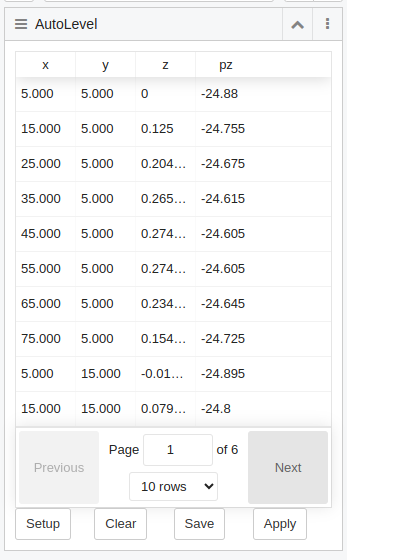
Click on "Apply" in the AutoLevel widget
To use the results of the just completed probing run, leave the checkbox named "Use current probing data" checked.
To use the results of a previously completed probing run, check "Use a file" and select a probing results file.
In the section named "Original G-Code", click on the "Select" button and choose the file to which you want the AutoLevel results applied.

You can now upload the autolevelled G-Code to the workspace
by clicking on "Upload G_Code"
Or you can save the autolevelled G-Code to a File
by clicking on "Make File".
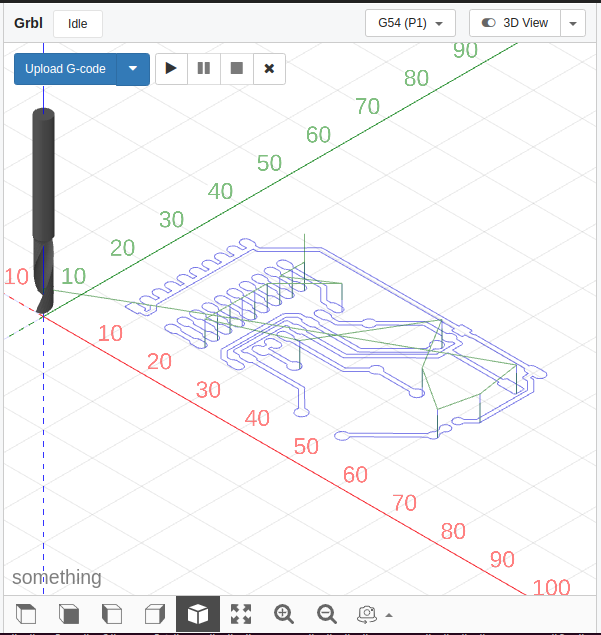
Remove the probe and run the autolevelled gcode
